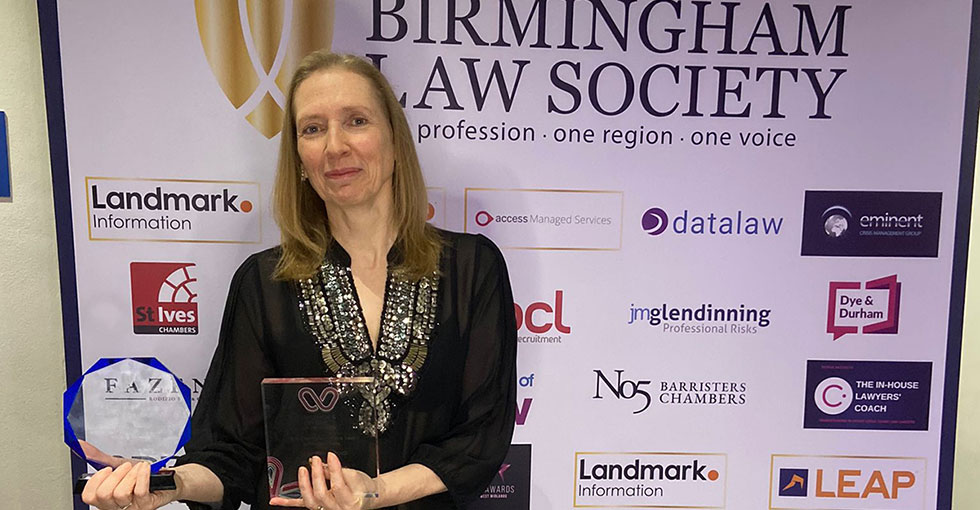Two recent EAT decisions have had the “happy consequence” that arguments that the Early Conciliation Rules 2014 (EC Rules) require claimants to conciliate afresh when substituting or adding respondents are unlikely to succeed.
Rule 34 of the ET Rules of Procedure 2013 gives the tribunal discretion to add or substitute a party, “if it appears that there are issues between that person and any of the existing parties falling within the jurisdiction of the Tribunal which it is in the interests of justice to have determined in the proceedings”. However, the EC Rules of Procedure requires the prospective claimant to present a separate EC form for each prospective respondent (as does the primary legislation). Should the claimant to existing proceedings contact ACAS and complete an EC form before applying to amend their claim to add a new cause of action? Must they do so if they wish to join a new respondent or to substitute one respondent for another?
HH Judge Eady QC (Science Warehouse Ltd v Mill on 9 October 2015) and the outgoing President (Drake International Systems Ltd v Blue Arrow Ltd on 27 January 2016) have applied similar reasoning to those questions. The claimant in Science Warehouse sought to amend the claim to add a new claim of victimisation which postdated the issue of proceedings. HHJ Eady held that the legal requirement to contact ACAS did not arise in relation to each claim: the EC procedure was only compulsory for “prospective” claimants. Once proceedings are underway the parties are no longer “prospective claimants” and “prospective respondents” but “claimants” and “respondents”.
The respondent in Drake International Systems sought to distinguish that on the basis that where, as in their case, the claimant applied to substitute entirely different respondents for the existing respondents, to do so would subvert the purpose of the EC process.
Langstaff P pointed out that ACAS will only make contact with the respondent if the prospective claimant consents to it, so it is possible for proceedings to be lawfully issued without the respondent having prior knowledge of them. He concluded that the decision to substitute the respondents was a case management decision and that it was an overstatement to talk of the obligation to engage in EC. The only obligation on the prospective claimant was to show that EC had been considered. He agreed with the reasoning of HH Judge Eady QC that, at the time an application to amend is made, it makes no sense to talk in terms of “prospective claimant”. However both divisions of the EAT held that the absence of an attempt at EC would be a relevant matter for the EJ to consider when exercising his or her discretion. Langstaff P continued that, a “happy consequence” of his reasoning was that the respondents’ appeal against the substitution order was dismissed and the risk of “stultifying” satellite litigation, such as that which affected the unlamented statutory dispute resolution procedures, avoided.










